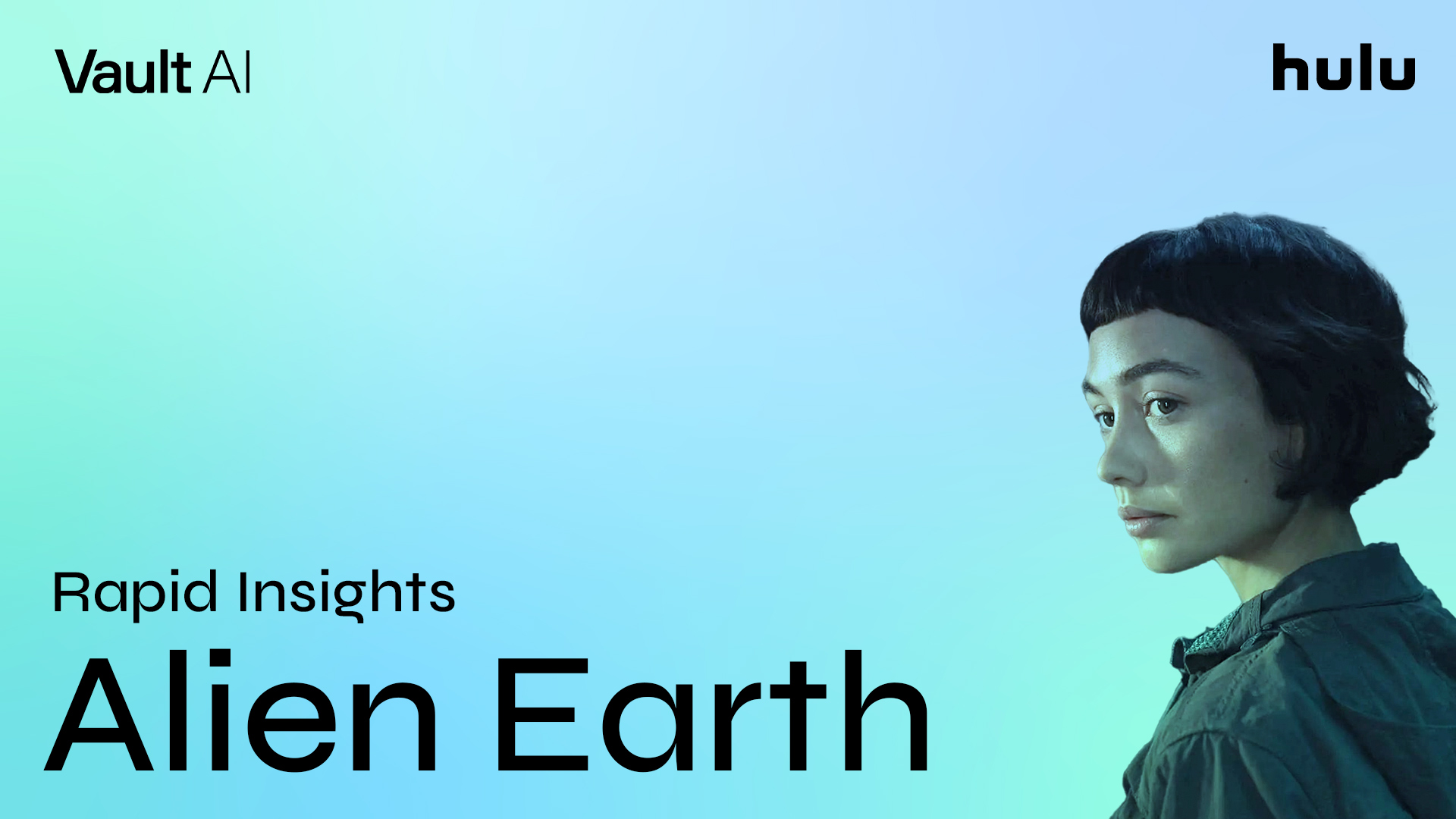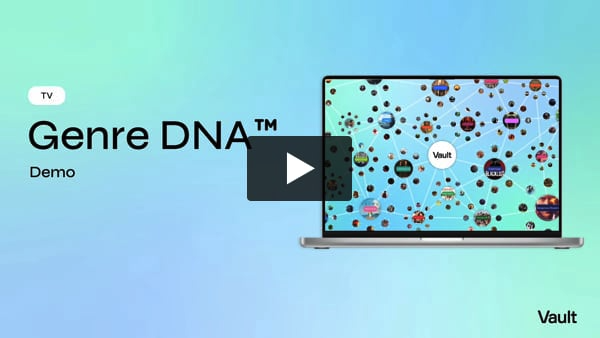Rapid Insights: ‘Alien: Earth’ Exposes the Hidden Rule That Makes TV Horror Scarier Than Film

Last week, FX on Hulu premiered the first TV series in the Alien film franchise and it’s already racking up both critical and viewer acclaim. Set two years before the 1979 film Alien and fifteen years after 2012 prequel Prometheus, this new sci-fi horror-thriller follows what happens after a deep space research vessel, loaded with dangerous specimens, crash-lands on Earth.
Here’s what you need to know about Alien: Earth:
Vault AI uses index scores to describe the impact a given story/theme/element will have on specific KPIs:
≤79 Disappointing 80-89 Challenging 90-109 Average 110-119 Promising 120+ Outstanding
Who’s tuning in for this suspenseful new series?
We’re seeing a viewership profile that’s heavily skewed toward men (59%) and those aged 35+ (85%). That’s roughly in line with horror-tinged sci-fi thriller series like 3 Body Problem, but significantly older and more gender-balanced than the theatrical audience who bought tickets for 2024’s Alien: Romulus (71% men / 46% aged 35+).
Why are viewers adding Alien: Earth to their queue?
For its slow-burn tension and escalating dread. Rather than building toward one climactic showdown like the films, the series stretches horror across multiple episodes, layering Scary Situations (128), Psychological Turmoil (123), and life-or-death High Stakes (119) into a rolling drip-feed of fear, fueled by the intense horror sequences that have become synonymous with the film franchise. The trailer offers a tantalizing glimpse at the alien Dark Secrets (125) harbored within the crash-landed research vessel. Viewers are leaning into this episodic structure of Rage (123), Fear (118), Terror (115), and Surprise (115) to keep their hearts pounding and their curiosity stoked.
What’s making the show so addictingly bingeworthy?
Futurism. Alien: Earth continues to expand on its franchise’s Distinctly Realized World (111), fleshing out the bleak situation on Earth in the 22nd century (IP Extension, 114). During the time Ripley is on the Nostromo, all of Earth is run by five all-powerful, out-of-control megacorporations pursuing avant-garde technologies and revolutionary Science (118) no matter the cost–including the first human-synthetic hybrid: a child’s consciousness in an android’s adult body. It’s these corporations’ rabid greed that ultimately unleashes the universe’s most dangerous organisms (Alien Lifeforms, 138)–including everyone’s favorite face-huggers–on an unsuspecting populace, with only a small team of armed androids (Military Operation, 116) sent to contain them. Audiences will want to keep watching to see how these futuristic storylines play out.
How does the show’s social buzz look?
Out of this world. The early June trailer drop caused a sudden five-day spike in online activity around the series, maxing out our meter at (160). A second trailer in mid-July rekindled chatter, which jumped into the “outstanding” range, impressively hitting the top of our measuring stick (at 160) a full week before its premiere, where it has remained ever since. Online conversation is centered not only on the show’s nail-biting suspense but also on how it cleverly serializes the iconic Alien terror for a TV format.
What will help propel Alien: Earth into a second season? The clash between alien threats and human survival. Season one spotlights Earth’s terrifying first contact with deadly species and humanity’s struggle under megacorporate control. But TV horror thrives on escalation, and future seasons can raise the dread with new revelations, reversals, and fragile alliances. Themes of Survival Skills (120), Vengeance (118), and Idealism (113) give the series strong engines for longevity and sustained viewer engagement.
—
Most Popular Rapid Insights
Redefine your understanding of TV subgenres
Introducing Genre DNA™ – TV subgenres redefined by groundbreaking AI analysis to reveal the true drivers of viewership.
See the insights that others can’t
Genre DNA™ goes beyond traditional TV genre classifications by analyzing over 1,000 scripted and unscripted series on both linear and SVOD platforms from the last 5 years.
Each Vault Genre DNA™ report offers a precise analysis of your chosen TV subgenre, uncovering its unique drivers of viewership.
*Publicly released trailers for series are evaluated using Vault’s algorithms – utilizing our proprietary 120K+ story element database alongside viewership performance and other datasets – to identify unique combinations of stories, themes, characters, and genre elements that will drive success.
